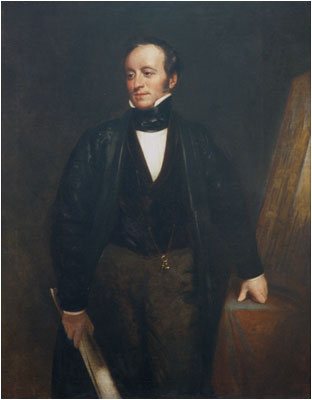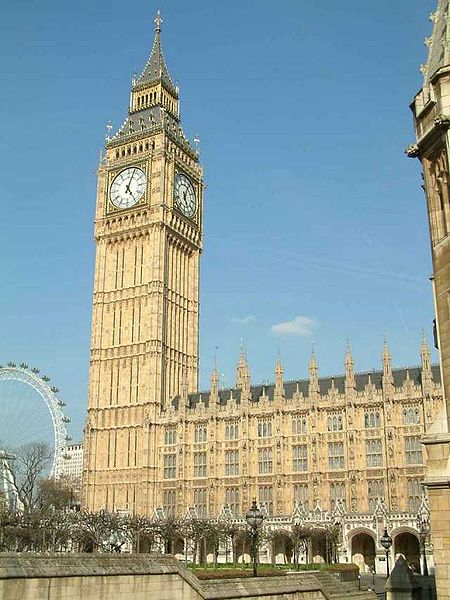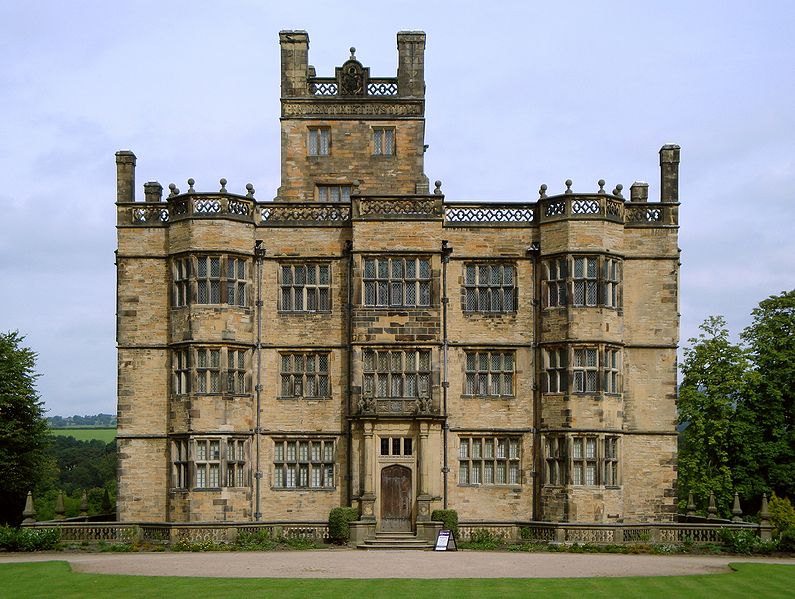<Back to Index>
- Botanist and Zoologist Carl Linnaeus, 1707
- Architect Sir Charles Barry, 1795
- President of Brazil Epitácio Lindolfo da Silva Pessoa, 1865

Sir Charles Barry FRS (23 May 1795 – 12 May 1860) was an English architect, best known for his role in the rebuilding of the Palace of Westminster (also known as the Houses of Parliament) in his home city of London during the mid 19th century, but also responsible for numerous other buildings and gardens.
Born in Bridge Street, Westminster, he was the son of Walter Edward Barry. He was educated at private schools in Homerton and then Aspley Guise, before being apprenticed to a Lambeth surveyor at the age of 15. Upon the death of his father (a stationer), Barry inherited a sum of money that allowed him to travel extensively around the Mediterranean and Middle-East (1817-20). His travels in Italy exposed him to Renaissance architecture and apparently inspired him to become an architect.
His first major civil commission came in 1824 when he won a competition to design the new Royal Manchester Institution for the promotion of Literature, Science & Arts (now part of the Manchester Art Gallery). Also in north-west England, he designed Buile Hill House in Salford (1825-27) and several churches in Manchester including The Church of All Saints' Stand, Whitefield and Ringley Church, 1827, partially demolished in 1854. He began designing churches for the church commissioners, and he found out that they preferred designs in Gothic and Greek styles, so he put efforts in building those kinds of churches. In those many church works, the marked preference for Italian architecture, which he acquired during his travels showed itself in various important undertakings of his earlier years. One of the first works by which his abilities became generally known was the 1826 St Peter's Church, Brighton, one of the first examples of the Gothic revival in England. Another noted early work was the Travellers Club, in Pall Mall, built in 1832 in the Italianate style.
His church designs also include one in Hove, East Sussex (St Andrew's in Waterloo Street, Brunswick, 1828). Hurstpierpoint church. Barry's neglected Welsh Baptist Chapel, on Upper Brook Street in Manchester (and owned by the City Council), is currently open to the elements and at serious risk after its roof was removed in late 2005.
Following
the destruction by fire of the existing Houses of Parliament on 16
October 1834, Barry won the commission in 1836 to design the new Palace of Westminster, working with Pugin on the Gothic-influenced building. Work on site began with the laying of a foundation stone on 27 April 1840 by Barry’s wife Sarah. The House of Lords was completed in 1847 and the House of Commons finished in 1852, whereafter he was created a Knight Bachelor. In the meantime, Barry also served on the learned committee developing plans for the Great Exhibition of 1851.
Although Parliament gave Barry a prestigious name in architecture, it
near enough finished him off. The building was overdue in its
construction and was well over budget making Barry tired and stressed.
The brass plaque marking Barry's tomb in Westminster Abbey shows the
parts of the Palace of Westminster Barry had strongest claim to, and
this is seen by some as Barry's cry for recognition from the grave.

